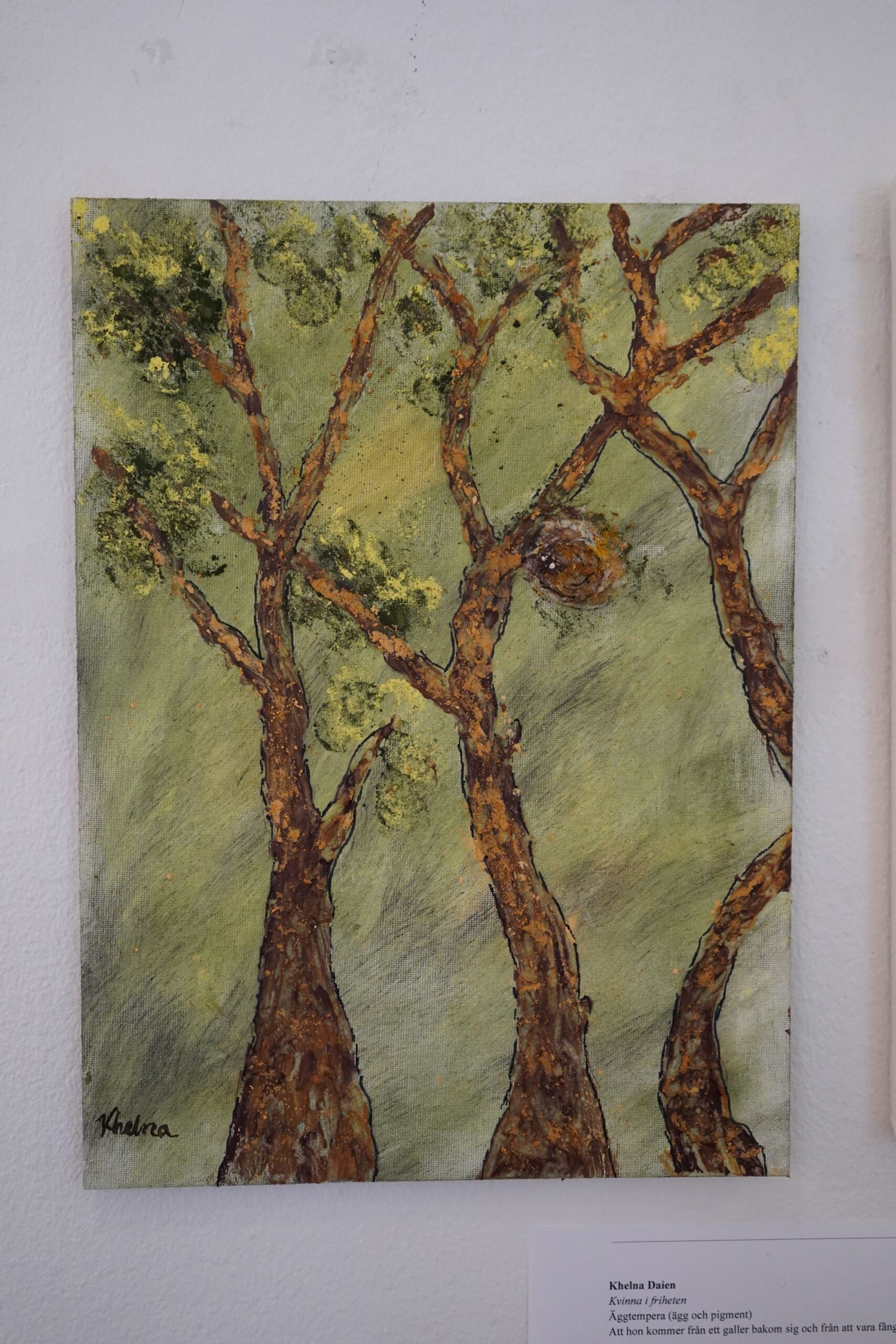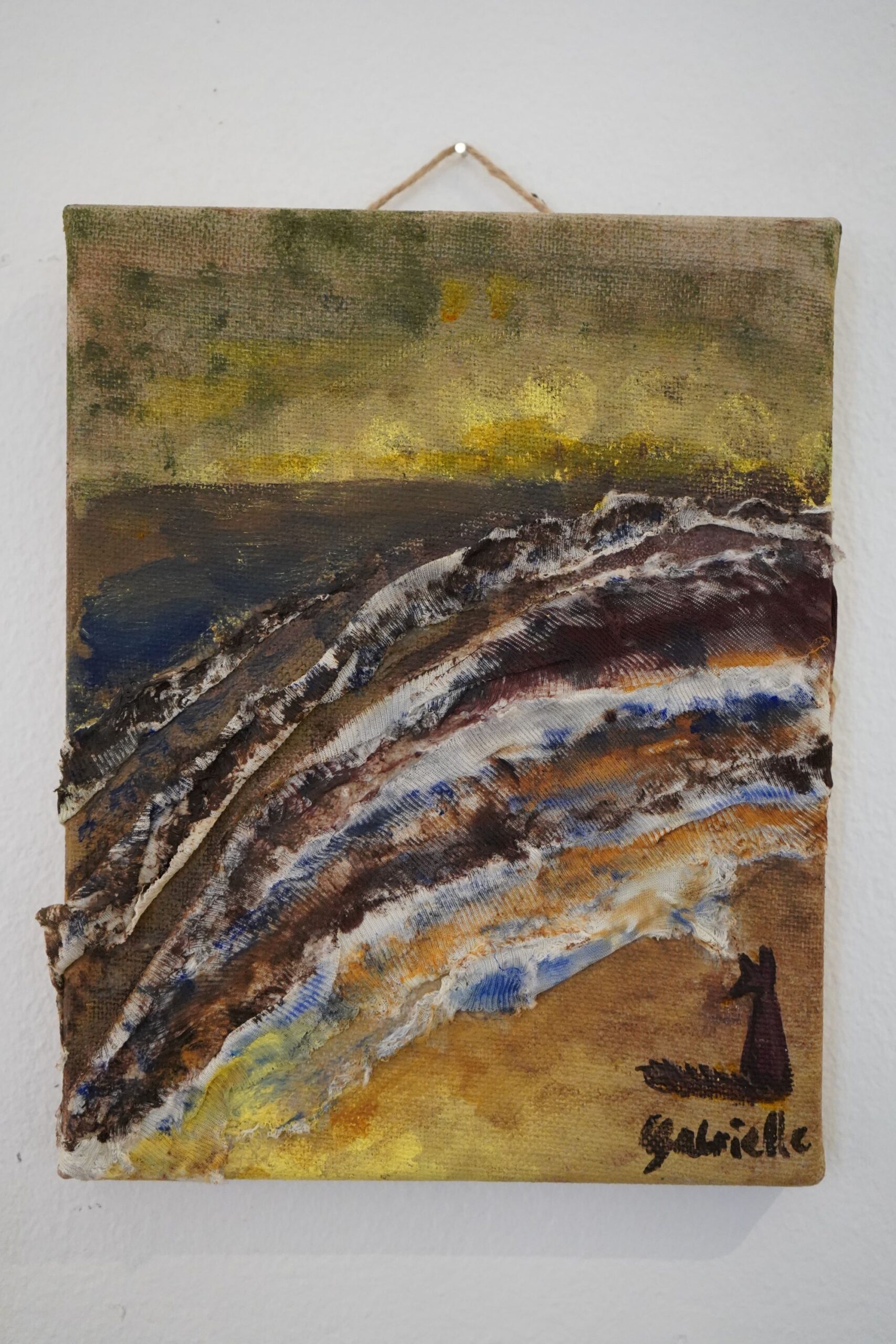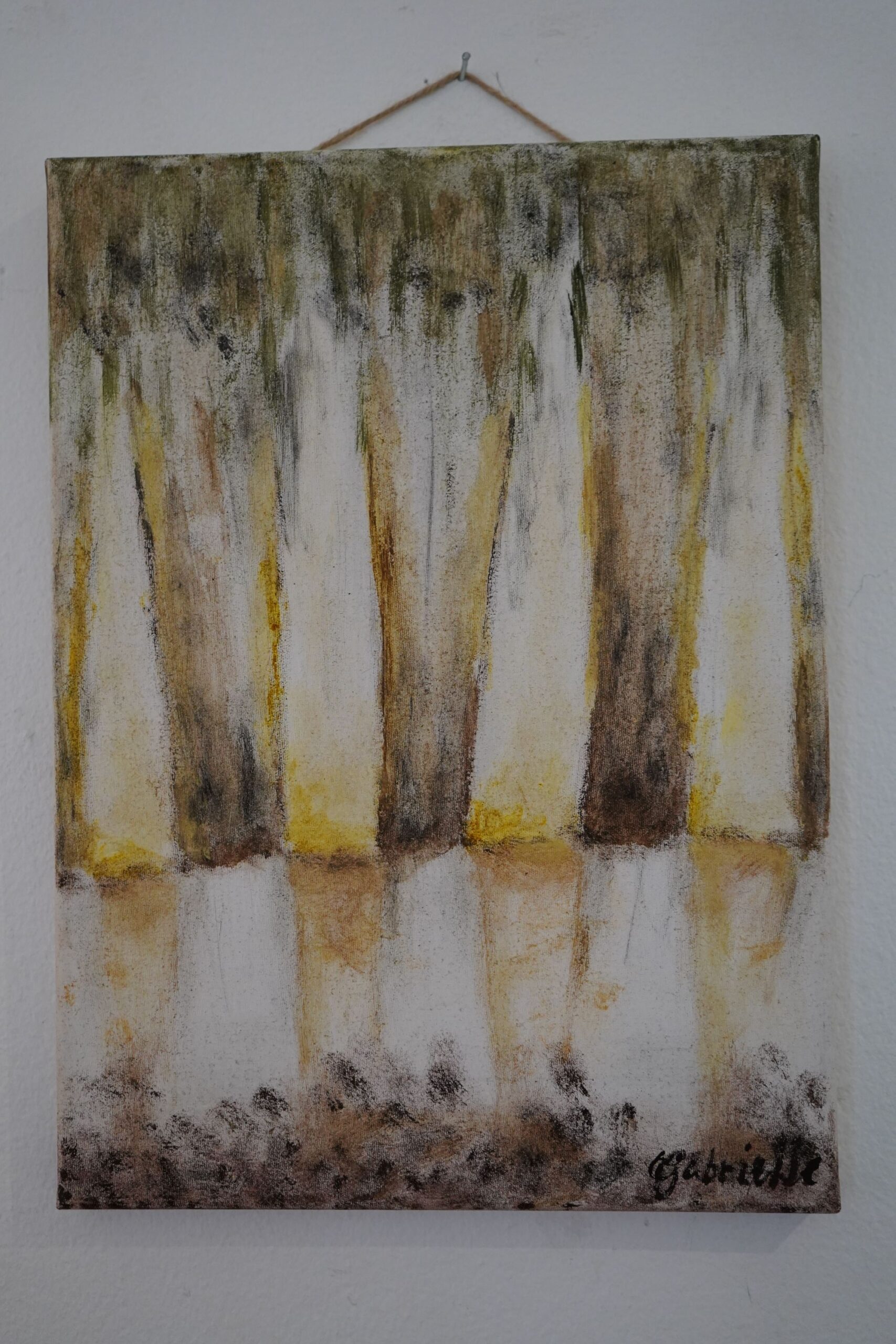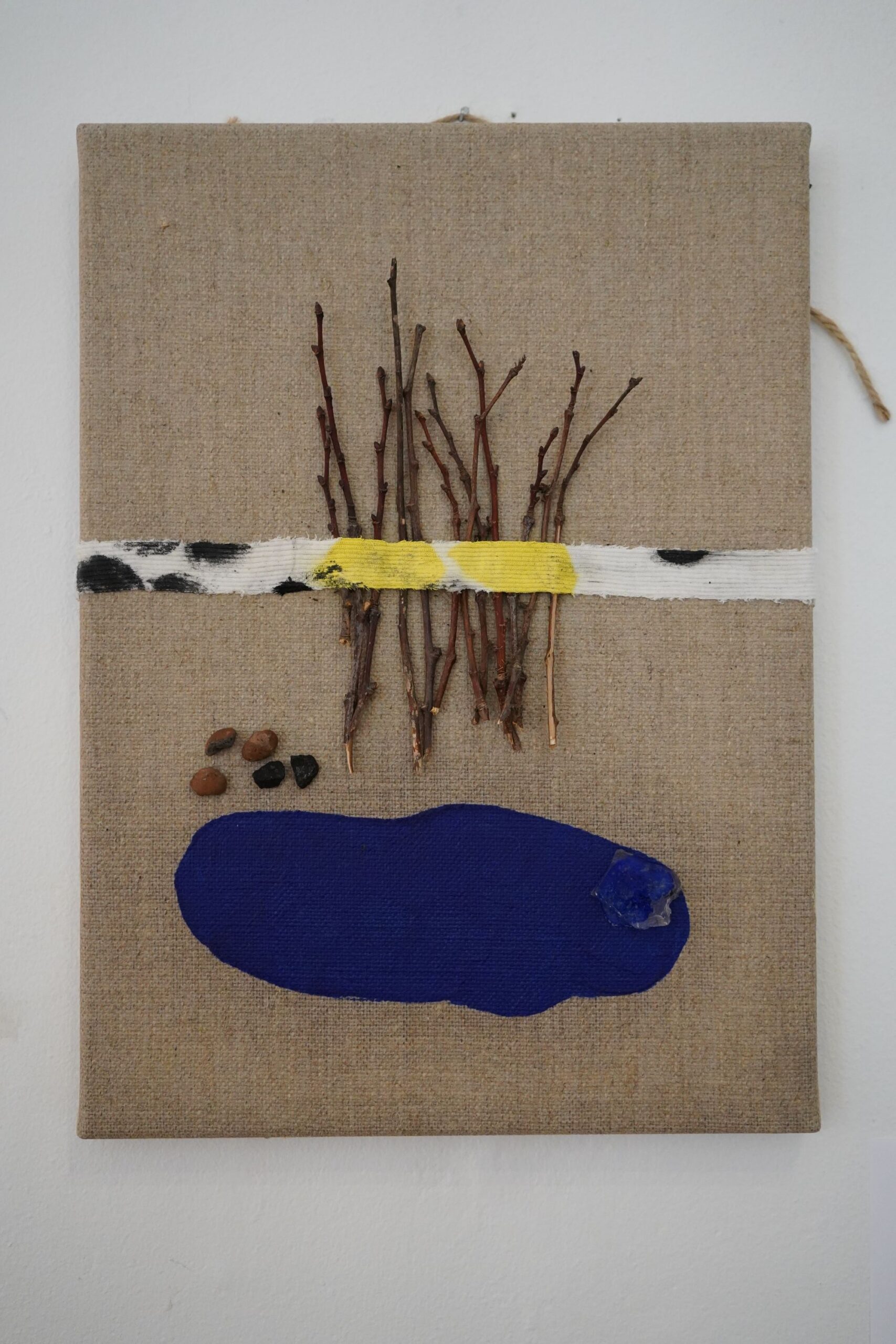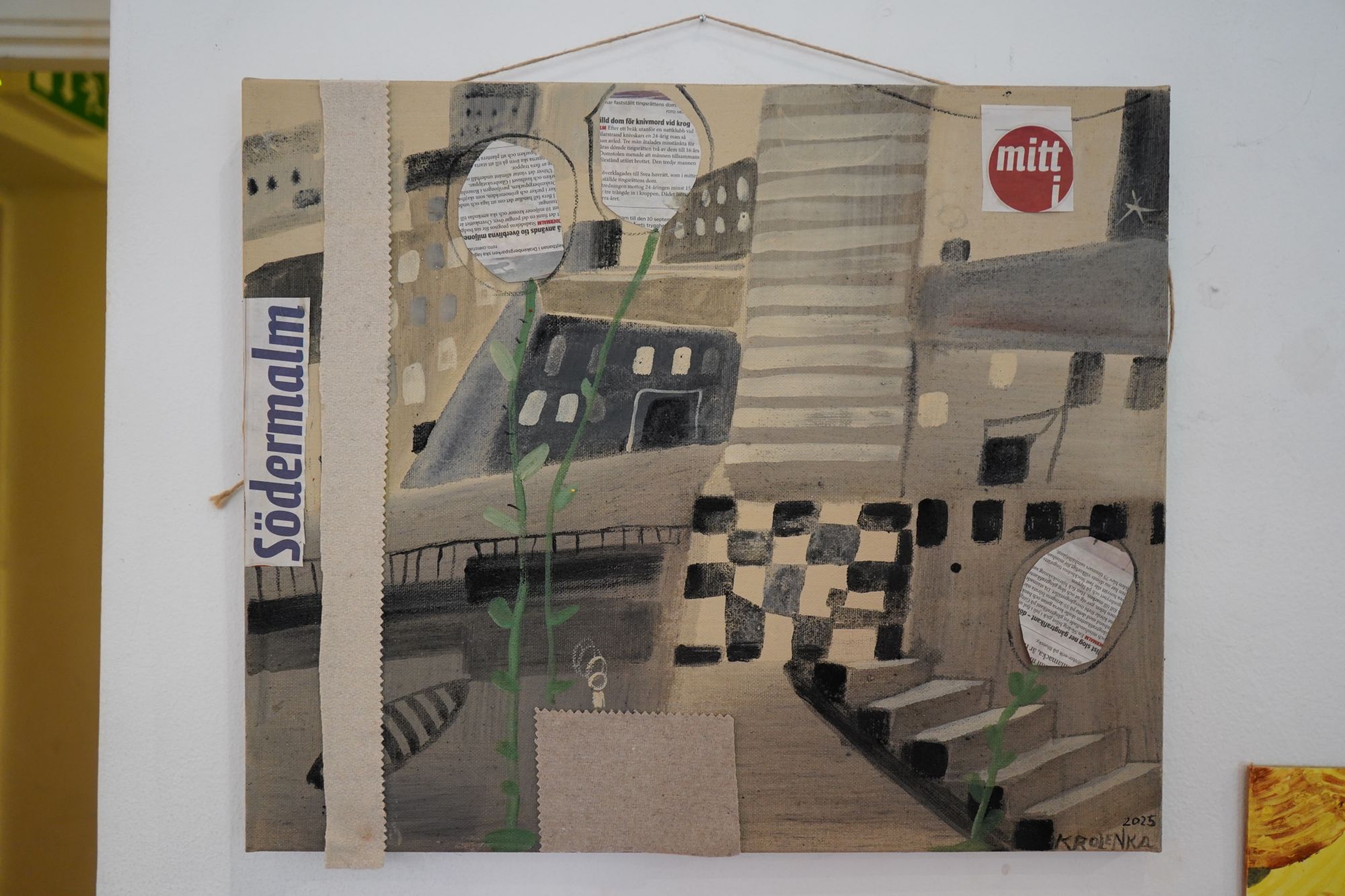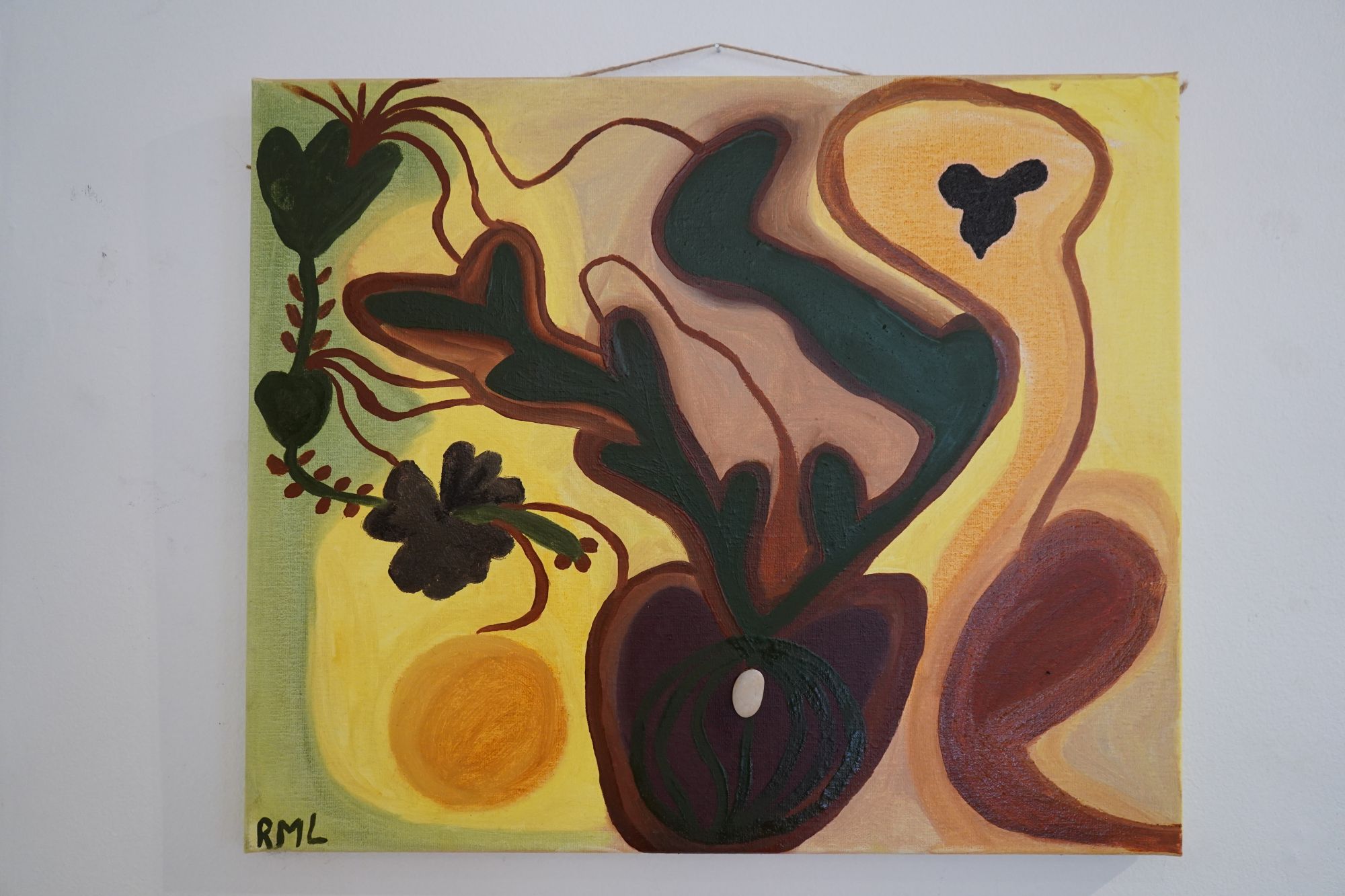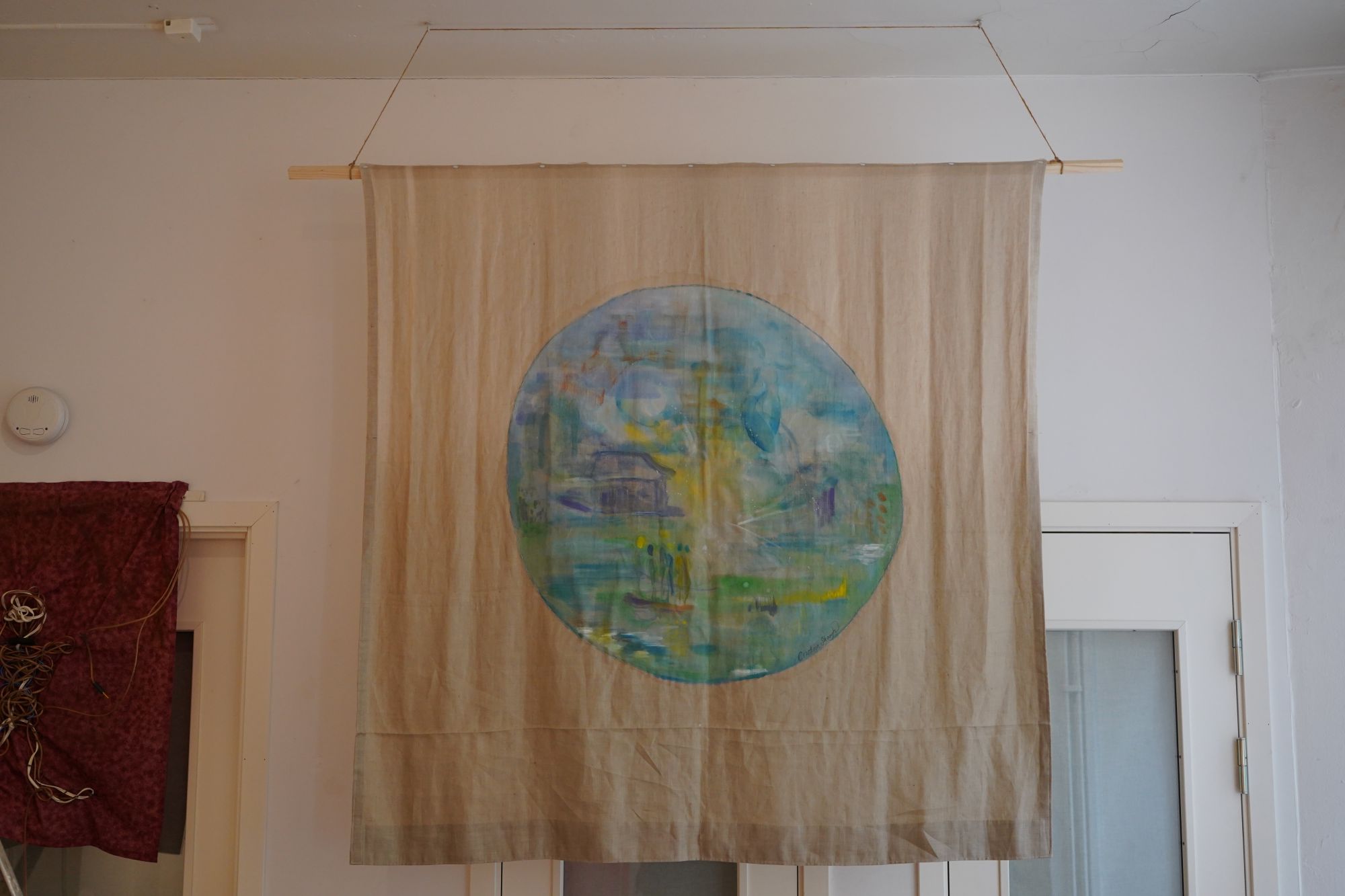We are glad to welcome you in our Virtual Exhibition!
Take a quick tour of our gallery and click on this button to access it!
Invisible Natures and Future Ecologies.
From decay to regeneration
GENERAL CURATORIAL TEXT
Invisible Natures and Future Ecologies: From Decay to Regeneration brings together artistic practices that explore the fragile, interdependent systems in which decay and renewal coexist. Conceived through community-based workshops and collaborative creation during the E-ART Project’s Art Labs across Sweden, Greece, Italy, Spain, Bulgaria, and Ireland, the exhibition reflects on how art can act as both witness and catalyst within the climate crisis.
In a time of overlapping ecological and social challenges, this project reimagines art as an ecological dialogue: a space for care, imagination, and regeneration. Moving between extraction and rebirth, it examines the materials, gestures, and collective processes that sustain or exhaust our shared world. The artists trace cycles of consumption, pollution, and transformation, revealing how even in states of decay, new ecologies of meaning and resilience can emerge.
Through this constellation of works, the exhibition invites viewers to inhabit the ruins of the present not with despair, but with attention and hope — to envision pathways toward a more sustainable and interconnected future, where creativity and community become tools of renewal.
Room 1 — Resource Extraction & Earth’s Origins
Extraction appears here as both origin and wound: the moment when the Earth’s memory is unearthed, fragmented, and transformed into a resource. The works balance geological wonder with critique, revealing the paradox of material culture — how beauty and exploitation are interwoven. Each mineral, pigment, or fragment carries both memory and consequence, reminding us that creation and consumption are inseparable acts in the story of the planet.
Room 2 — Waste & Overconsumption
This space confronts the aftermath of excess: the residues, discards, and by-products of relentless production. Waste is not absence but persistence — it continues to live, decay, and transform, forming new ecologies of matter and meaning. Through reconfiguration, play, and reuse, the works transform what is “left behind” into fertile ground for renewal. Here, waste becomes both warning and possibility: a terrain where change begins.
Room 3 — Pollution & Industrial Impact
The invisible traces of human industry become visible here: atmospheric, chemical, and sonic residues that mark the Anthropocene. Factories, smokestacks, and industrial debris emerge as emblems of progress and its discontents. Yet even amid toxicity, the works reveal adaptation and resistance — a negotiation between destruction and survival, where the industrial sublime meets the quiet persistence of life that refuses to vanish.
Room 4 — Climate Change & Fragility
This room evokes the instability of a planet in flux. Rising seas, shifting climates, and vanishing habitats appear through gestures of fragility and transformation. The works capture an aura of melancholia — soft movements of water and fabric, fragments adrift like sunken relics or debris of global industry. They offer both warning and tenderness, calling us to attend to what is slipping away, and to imagine how care might restore balance.
Room 5 — Human Connection & Responsibility
Amid planetary uncertainty, this space centers the human capacity for empathy, responsibility, and repair. The works unfold in a dream-like realm — inviting us to draw from our shared subconscious, to reconnect with the wisdom embedded in community and nature alike. Through gestures of touch, assembly, and witness, they remind us that care is not only emotional but ecological: an act of cohabitation and accountability.
Room 6 — Regeneration & Future Ecologies
The journey concludes in a space of emergence and renewal. After the darkness of extraction and pollution, light re-enters — flickering, tentative, yet persistent. Here, regeneration is imagined not as return to purity, but as transformation within complexity. Through speculative forms and hopeful imaginaries, the works envision ecologies not yet lost but reawakening—suggesting that even in decay, the seeds of future worlds are taking root.


